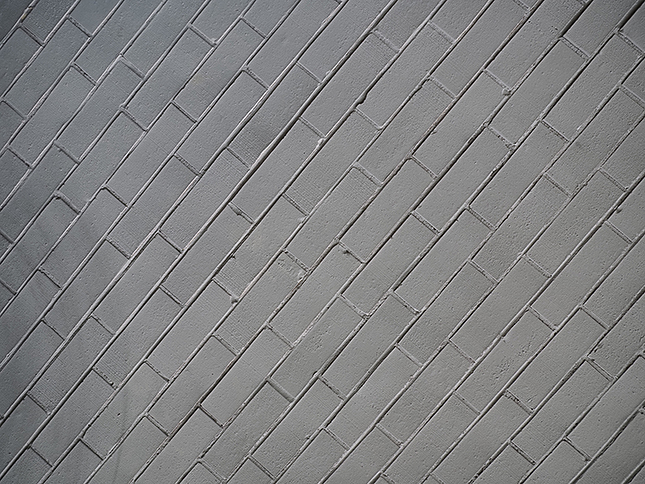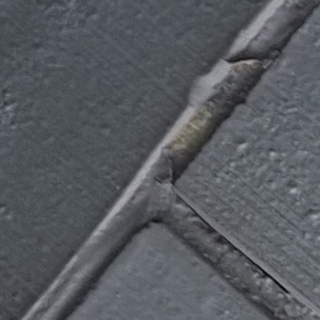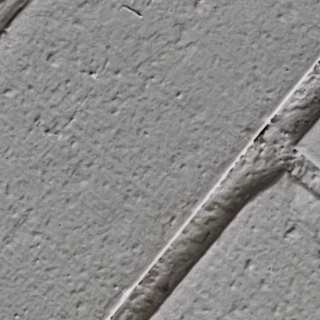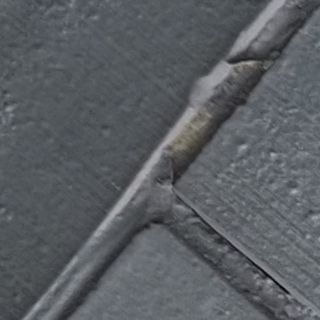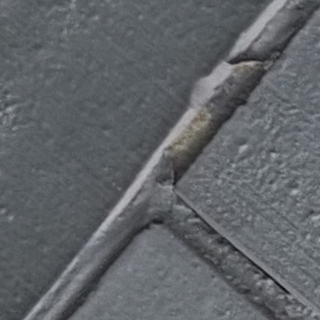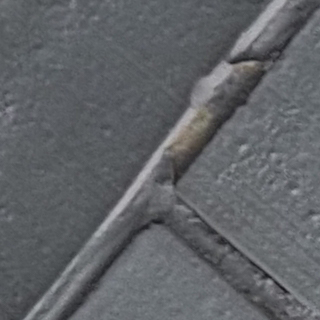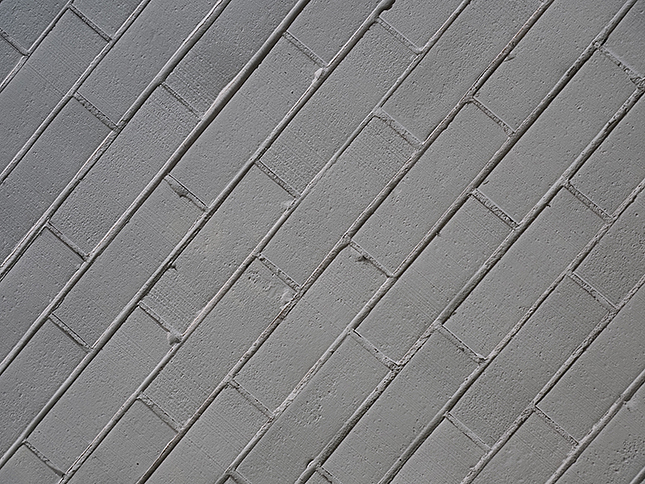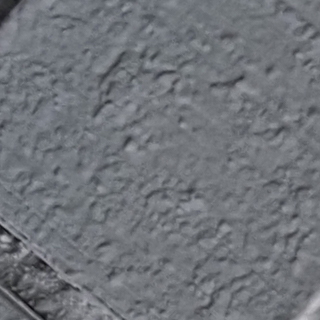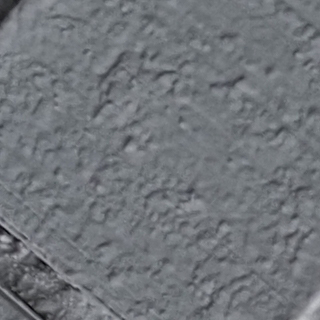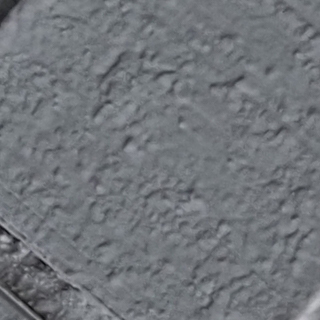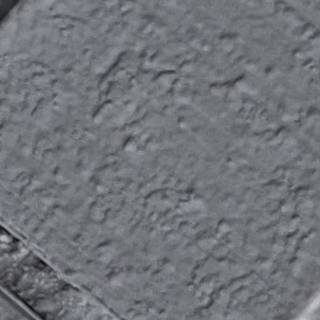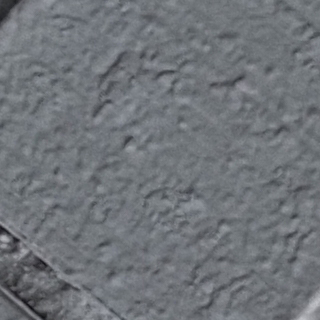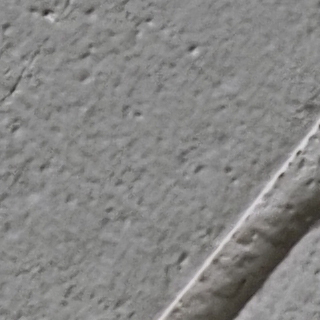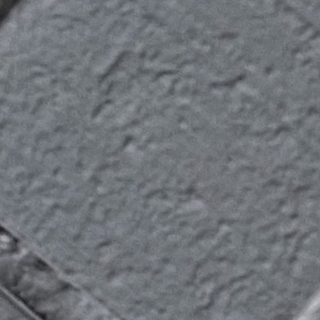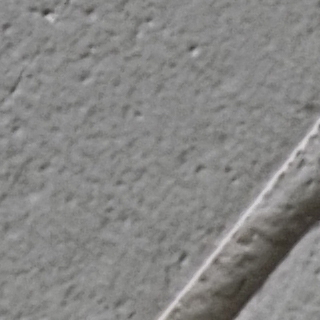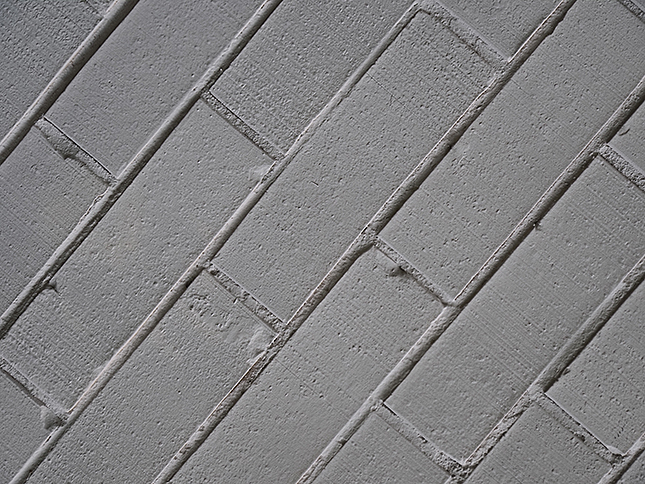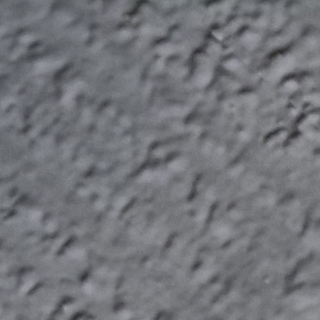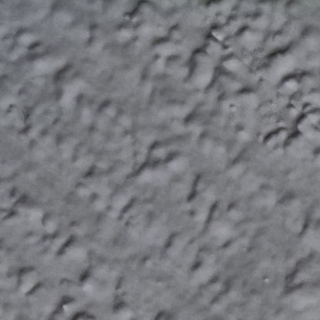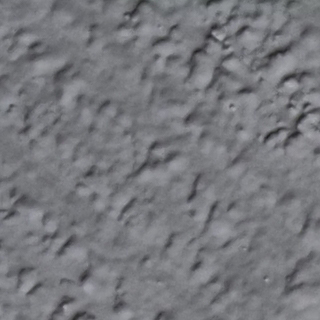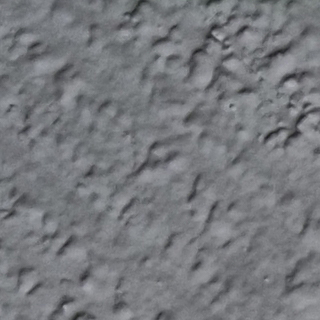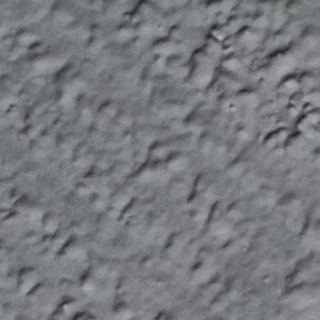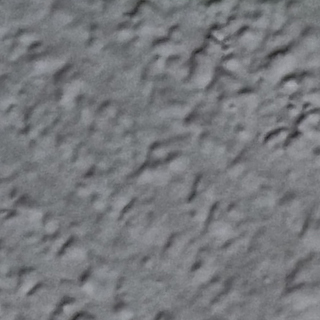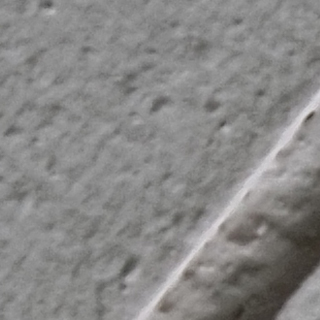| 8-25mm |
$926 average price |
|---|---|
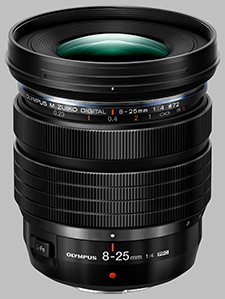
|
|
Your purchases support this site
Buy the Olympus 8-25mm f/4 Pro M.Zuiko Digital ED
Updates:
06/09/2021: Field Test & Gallery Images added
Olympus 8-25mm f/4 PRO Field Test
This super-compact, super-versatile wide-angle zoom is another excellent member to Olympus' Zuiko Pro series
by William Brawley | Posted 06/09/2021
 |
|
E-M1 III: 25mm, f/4, 1/125s, ISO 200, -0.3EV
|
Olympus, or OM Digital Solutions, has added yet another highly-compact Pro-series lens to its arsenal of high-quality optics, with the M.Zuiko 8-25mm f/4 PRO lens. The new 8-25mm Pro lens sits right alongside Olympus's other ultra-wide-angle Pro lens, the highly-acclaimed 7-14mm f/2.8 Pro, yet offers a bit more versatility with a more comprehensive zoom range and some weight savings thanks to its slower (yet still-constant) f/4 aperture.
It's a similar situation to Olympus's mid-range zooms; there's the 12-40mm f/2.8 Pro or the 12-45mm f/4 Pro. Both lenses have their strengths, with the f/2.8 "version" offering better low-light performance and subject isolation, for example, while the 12-45mm is smaller, lighter (and less expensive) yet offers a bit more reach. Emphasis on "a bit," to be fair. However, the new 8-25mm f/4 Pro provides quite a bit more in terms of versatility, with a 16-50mm-equivalent zoom range compared to the 7-14mm's 14-28mm-eq. range. This new 8-25mm f/4 Pro lens might not be the ideal choice for low-light situations, but it's well-equipped for all sorts of shooting scenarios, including landscapes, close-up macro-style photography, travel, outdoor architecture, and just general photography purposes and snapshots.
With a design that's largely similar to Olympus' existing Zuiko Pro lenses, including rugged metal construction and thorough weather-sealing, the small 8-25mm f/4 lens is ready to go on your next adventure.
Read on for all the details and features of this new ultra-wide zoom and an in-depth look at how it performs in the field.
 |
E-M1 III: 8mm, f/16, 1/85s, ISO 200 |
Key Features & Specs
- Compact, lightweight Micro Four Thirds ultra-wide angle zoom lens
- 16-50mm-eq. zoom range
- Constant f/4 aperture
- M.Zuiko PRO-series lens
- 1PX1-rated weather-sealed construction
- Retracting mechanism for compact size
- 16 elements in 10 groups (1 DSA lens, 2 Aspherical ED lenses, 1 Super ED lens, 1 ED lens, 1 Super HR lens, 1 HR lens, 1 HD lens)
- 0.23m (~9 in.) close-focusing distance at all focal lengths
- Magnification factor: 0.07x (Wide) / 0.21x (Tele)
- 7-bladed circular aperture
- 72mm filter thread
- 88.5mm length, 77mm diameter
- 441g weight
- MSRP: $1,099.99 USD ($1,399.99 CAD)
Design & Handling
When I first heard about the Olympus 8-25mm f/4 Pro lens, I immediately pictured a lens following a similar design to the 7-14mm f/2.8 Pro lens, with a large bulbous front element and a fixed lens hood. With an 8mm ultra-wide-angle focal length, my mind just envisioned that classic style of an ultra-wide lens. But, of course, with a zoom range that reaches out until 25mm, or a 50mm-equivalent, the Olympus 8-25mm zoom is more than just an ultra-wide-angle lens. Nonetheless, when I unboxed the lens, I was surprised at just how small and lightweight the 8-25mm lens actually is. In its retracted state (I'll get to that in a moment), the 8-25mm f/4 lens looks and feels extremely similar in overall size and weight to the 12-40mm f/2.8 Pro lens -- and not at all like the larger, heavier 7-14mm f/2.8 Pro lens.
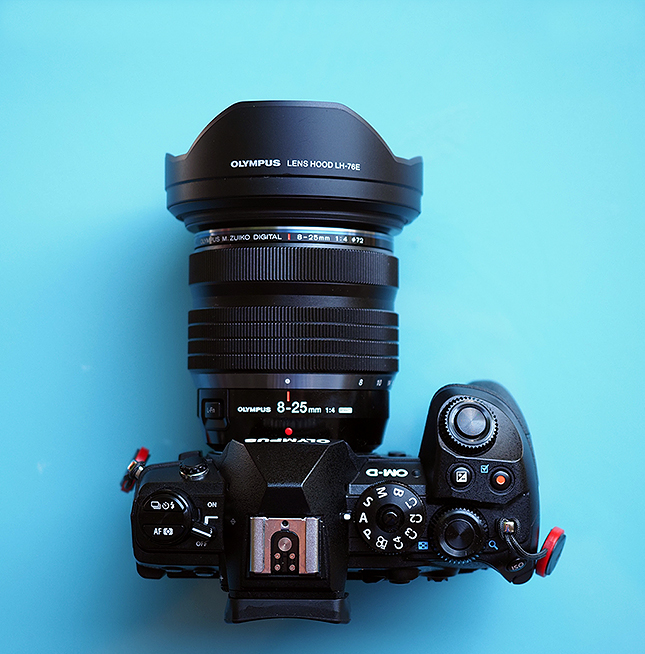 |
The Olympus 8-25mm f/4 Pro lens in its retracted/stored position. |
Specifically, the lens weighs only 411g (0.91 lbs.), which only slightly heavier than the 12-40mm f/2.8 lens at 382g (0.84 lbs.) and lighter than the 7-14mm f/2.8, which comes in at 534g (1.18 lbs.). Side by side against my 12-40mm, the two lenses feel very similar in the hand. In terms of size, the 8-25mm is 88.5mm (3.48 in.) in length when retracted into its stored position, making it very similar to the 12-40mm lens in overall size. The 8-25mm is, however, slightly wider in diameter, at about 77mm (3 in.) at its maximum and uses 72mm screw-on filters.
It's worth pointing out the filter thread here on this lens. Unlike the earlier ultra-wide 7-14mm f/2.8 Pro lens, the new 8-25mm lens can accept screw-on filters. The 7-14mm's fixed lens hood and bulbous front element made it incompatible with traditional screw-on filters. Third-party filter adapters and holders exist for the 7-14mm, but for those who might have held off buying a 7-14mm and want more convenience with traditional screw-on filters, while still having ultra-wide angle functionality, the Olympus 8-25mm f/4 Pro is a welcomed alternative.
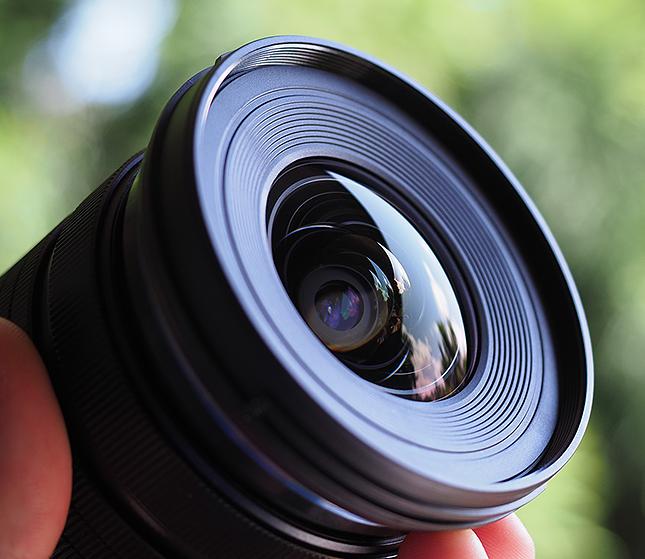 |
Additional physical amenities include a customizable lens function (L.Fn) button on the side of the barrel and the characteristic AF/MF pull-back clutch mechanism built into the focusing ring -- a regular feature on M.Zuiko Pro lenses (except the big 150-400mm Pro tele-zoom). As usual, pulling back on the focusing ring engages manual focus (by default) and reveals a focusing distance scale. With manual focus engaged, the focusing ring provides hard stops at either end of the focusing range. As with other Olympus lenses with an AF/MF clutch, you can disable it in the camera menu, which I often do as I tend to accidentally engage manual focus on these lenses. It's less of an issue on the 8-25mm and other smaller zoom lenses compared to the Pro prime lenses, such as the 300mm Pro lens, which has only one large and, in my opinion, easy-to-bump focusing ring.
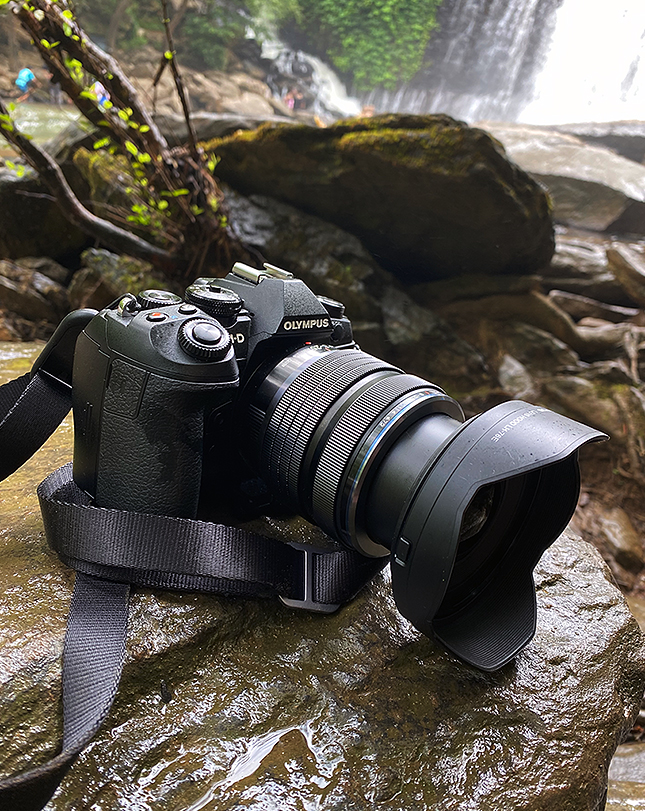 |
The Olympus 8-25mm lens, being a Pro-series lens, also features excellent IPX1-rated weather-sealing. The lens is splashproof, dustproof and can operate down into freezing temperatures as low as 14-degrees F (-10C) -- of course, all when using the lens paired up with an equally-weather-sealed camera body, such as an E-M1 III and E-M5 III. The lens also features a fluorine coating on the front element to help protect against and more efficiently clean off moisture, dirt and other debris.
As is typically the case, I was thoroughly pleased to have the weather-sealed construction. Not only did it offer some protection and peace of mind as I photographed nearby a local waterfall, but it also fended off an unexpected rainstorm with ease. The fluorine coating on the front element also came in handy, as I could easily wipe away water spray from the waterfall.
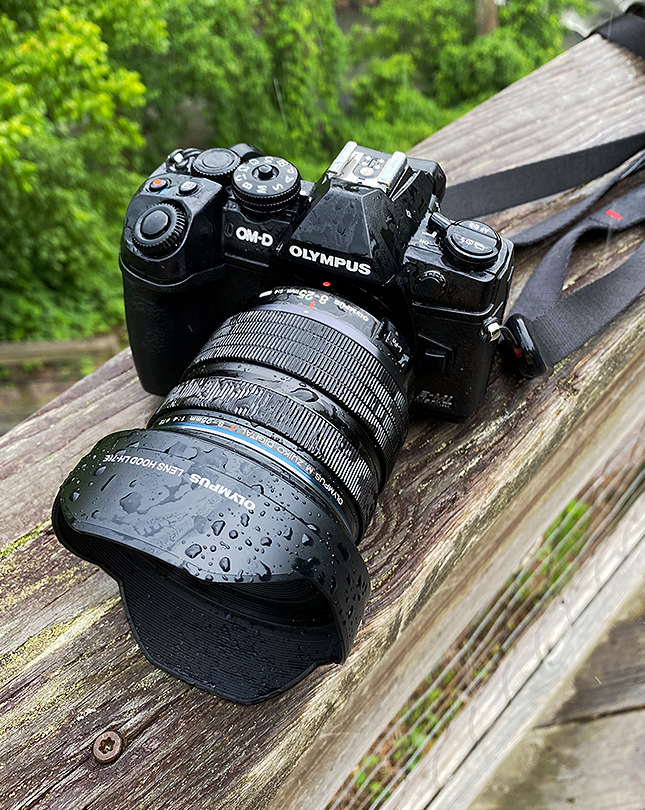 |
Like the 12-40mm f/2.8 Pro lens, the 8-25mm f/4 also has an externally zooming design; the lens's length changes as you zoom. However, unlike the 12-40mm (and other M.Zuiko Pro zooms up to this point, in fact), the new 8-25mm f/4 uses a locking, retractable design. When not in use, you rotate the zoom ring past the 8mm marking, and the lens barrel retracts and locks into place. This makes the lens nice and compact when stored or carried around. However, in use, the lens is in a "constantly extended" state, making the lens's footprint a bit larger. At 8mm, the lens barrel is at its most extended position, adding about 28mm (1.1 in.) of length to the lens. The 18mm position is the shortest extension, at approximately +19mm (0.75 in.), and at 25mm, the lens extends out a bit more by about +22mm (0.87 in.).
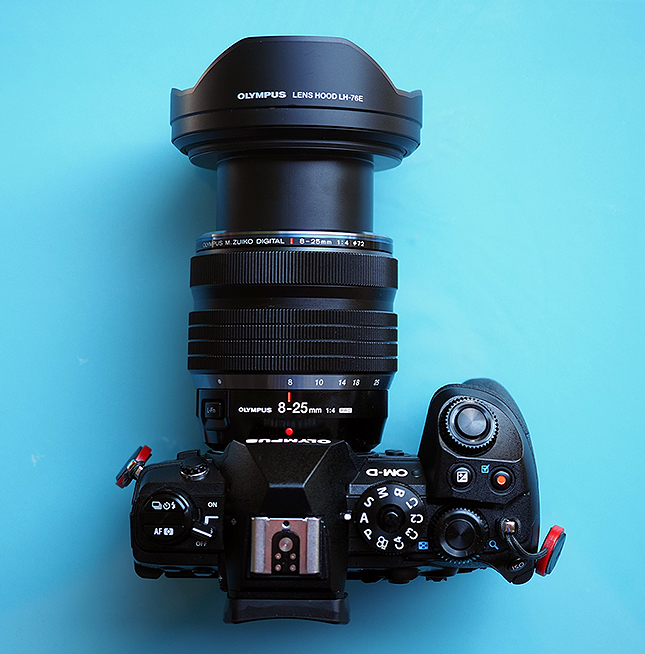 |
The Olympus 8-25mm f/4 Pro lens at 8mm. |
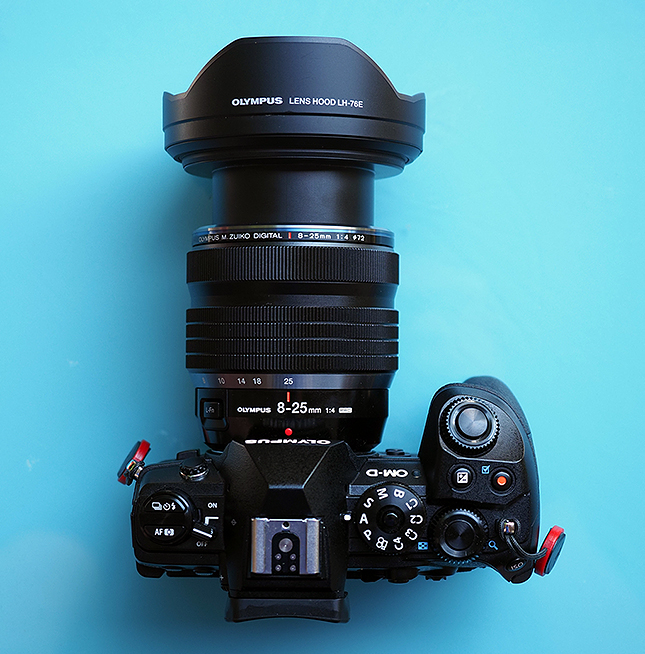 |
The Olympus 8-25mm f/4 Pro lens at 25mm. |
From a purely personal aesthetic standpoint, I'd have loved for the lens to be functional with the zoom mechanism at its fully retracted position. The lens simply looks better and is more compact in this position, but alas, this retracing design was likely a necessity in order to make this 16-50mm-eq. as small and as light as possible.
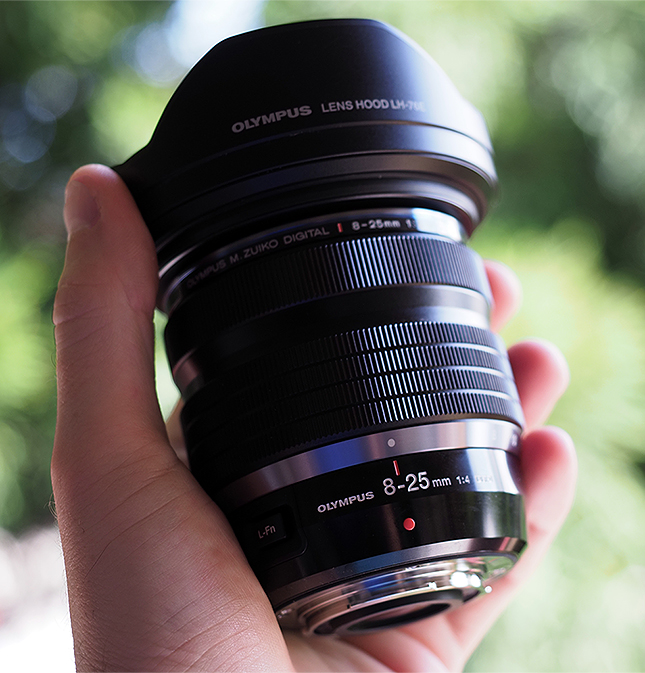 |
One last comment on the retractable design of the 8-25mm f/4 Pro: the "feel" of the zooming mechanism. Overall, I'm impressed by the build quality and construction of the Olympus 8-25mm f/4 Pro. In nearly all respects, the lens feels extremely solid and well-built, with the same ruggedness and weather-sealing that I've come to expect from an Olympus Zuiko Pro lens. However, the zooming mechanism on the 8-25mm feels slightly different, at least compared to my tried-and-trusted 12-40mm f/2.8 lens. The zooming mechanism on the 8-25mm has a somewhat looser, lighter feel than the 12-40mm lens, which has a stiffer, more dampened zoom ring. Also, the 12-40mm zoom requires a bit more effort to rotate than that of the 8-25mm. On the one hand, that's a nice improvement for this new lens, as you can quickly and smoothly rotate throughout the zoom range with little effort -- and yet there's still enough resistance to keep the zoom ring in place and not feel like you'll accidentally change the focal length. On the other hand, the zoom mechanism of the 8-25mm just feels and sounds somewhat more plasticky than the zoom mechanism of the 12-40mm lens I own. It somewhat hard to accurately describe, and I don't want to give off the impression that the lens is in any way cheap-feeling or poorly constructed, but the zooming mechanism just feels different here with this lens -- looser, lighter and less dampened.
 |
E-M1 III: 8mm, f/4, 1/2500s, ISO 200 |
Image Quality
Design and construction aside, how does the new Olympus 8-25mm perform out in the field regarding image quality? Well, to simply cut to the chance, the 8-25mm f/4 Pro is another fantastic, high-quality lens from Olympus with very good overall image quality. The new Olympus 8-25mm f/4 lens uses 16 total elements situated into 10 groups and includes a host of exotic lens elements in its optical configuration. The lens features one dual-sided aspherical (DSA) lens, two Aspherical ED lenses, one Super ED lens, one ED lens, one Super HR lens, one HR lens and one HD lens.
 |
E-M1 III: 25mm, f/4, 1/250s, ISO 200, -0.3EV |
 |
100% Crop |
Overall, the sharpness and resolving power are very good across the zoom range, even when shooting wide open at f/4. As with most Olympus Zuiko Pro lenses, I personally have no issues shooting this lens wide open all the time, stopping down only as needed for exposure purposes or if I need a particularly deep depth of field. Sharpness and detail is generally very good across the frame, especially towards the center. However, I did observe some slight softness when looking out into the corners and away from the central area, particularly at 25mm f/4-5.6. At close inspection, corners there were slightly soft when shooting wide open, but I noticed some improvement in corner sharpness when stopping down to f/8. For the most part, however, fine detail and sharpness are generally very good across the frame and throughout the lens's zoom range.
When assessing sharpness across the aperture range, at both 8mm and 25mm, sharpness is very good wide-open and remains so as you stop down until about f/8. At f/11, I could notice a subtle drop in very fine detail, but surprisingly it wasn't a significant loss in detail. Depending on the situation, such as when using the E-M1 III's Live ND mode -- which often required that I stop down past f/8 -- I was still pleased with the level of detail from this lens between f/8-f/11. However, once you stop down to f/16 and beyond, diffraction-related softness is very noticeable, and I would avoid using f/16-f22 if possible.
 |
E-M1 III: 8mm, f/9, 0.6s, ISO 64, -0.7EV - (Live ND mode) |
When it comes to chromatic aberration and vignetting, the Olympus 8-25mm f/4 does a stellar job at both. Chromatic aberration was essentially a non-issue, even at 8mm and f/4. I was very impressed, seeing essentially little to no CA at all, even when shooting challenging high-contrast scenes, such as the bright sun shining through a forested canopy. The lens's exotic optical design, which includes Super ED, ED and EDA elements, does a great job at suppressing aberrations. Further, the lens's ZERO coating does an outstanding job at minimizes flare and ghosting.
 |
E-M1 III: 8mm, f/5, 1/60s, ISO 250, -0.3EV |
Vignetting is also very minimal. I saw a slight amount of corner shading at 8mm, particularly at f/4. Stopping down to f/5.6 helped brighten the corners, and dialing down to f/8 helped further. I also noticed just a hint of vignetting at 25mm f/4, which was reduced by stopping down to f/5.6. Overall, though, vignetting is so insignificant that I really wouldn't worry about it.
All in all, the Olympus 8-25mm f/4 offers excellent sharpness and overall image quality performance across a highly versatile focal length range.
 |
E-M1 III: 10mm, f/6.3, 1/800s, ISO 200 |
Focusing Operation
Much like other Olympus M.Zuiko lenses, the new 8-25mm f/4 Pro lens uses an incredibly fast Movie & Stills Compatible (MSC) "High-speed Imager AF" system that provides swift and smooth AF speeds as well as essentially silent focusing operation. This makes the 8-25mm a great lens for photos as well as video recording, as you won't pick up any focusing noises with on-board mic(s) during video shooting.
 |
E-M1 III: 8mm, f/6.3, 1/160s, ISO 200, -0.3EV |
In the field, the new Olympus 8-25mm f/4's focusing performance was stellar and very similar to the several other M.Zuiko Pro lenses I've used. Given the wide-angle nature of the lens, I shot primarily with single-shot AF and didn't track many moving subjects. However, I never experienced any issues with speed or performance when I switched over to continuous focusing. Overall, the AF performance was excellent, offing nearly instantaneous AF acquisition upon half-pressing the shutter button. In both low-light and in bright conditions, focusing speeds were very, very fast, and at both 8mm and 25mm focal lengths. Side-by-side against my 12-40mm lens on an E-M1 II vs. the 8-25mm on an E-M1 III, the AF speeds seem nearly identical. The 12-40mm might be just ever-so-slightly faster to autofocus from close-up/minimum focus distance to infinity and vice-versa, but it really feels like I'm splitting hairs here. The 8-25mm f/4 lens is very fast to autofocus, simply put.
 |
E-M1 III: 8mm, f/4, 1/160s, ISO 200, -0.3EV |
One of the particularly pleasing and impressive focusing features of this new lens is its close-focusing capabilities. Much like its "sibling lens," the 12-45mm f/4 Pro, the new 8-25mm can focus very closely on the subject. Extremely closely. The closest focusing distance is just 0.23m (~9 inches) at all focal lengths, providing a 35mm-equivalent 0.14x magnification factor at 8mm and 0.42x at 25mm. Keep in mind, however, that this is the minimum focusing distance, meaning the closest distance from the subject to the image sensor. In practice, the front end of the lens can get surprisingly close to the subject, especially at 8mm. There were several situations where I was focusing very closely and either bumped part of my subject with the front of the lens or the lens hood itself began to interfere with the scene, blocking light and casting a shadow in the frame. Something to be mindful of.
 |
E-M1 III: 20mm, f/4, 1/60s, ISO 320 |
Summary
Overall, the M.Zuiko 8-25mm f/4 Pro is another excellent lens from the folks at Olympus, continuing their long tradition of outstanding, well-built and sharp Zuiko Pro lenses. Much like the other Olympus Pro Micro Four Thirds lenses, the new 8-25mm f/4 looks and feels much like its sibling lenses, offering the same excellent build quality and rugged durability I've come to expect from Olympus Pro-series lenses.
The versatile 16-50mm-equivalent zoom lens offers a wide array of use-cases, from ultra-wide-angle landscapes and dramatic close-up macro-style shooting as well as travel, portraits and all forms of general-use photography purposes. Though not as wide as the earlier 7-14mm, the lens is arguably much more versatile and user-friendly, with more focal length range and the ability to accept screw-on filters. However, if you shoot in low-light or often do night sky photography, the f/2.8 aperture of the 7-14mm is definitely tempting.
 |
E-M1 III: 12mm, f/5.6, 1/160s, ISO 200 |
All in all, there's not a lot of negatives to this new Olympus zoom lens. The feel of the zooming mechanism is perhaps my one personal criticism of the lens, though again, functionality-wise, the lens works and performs as expected. The only other issue I have with the lens is its price tag. It feels a bit expensive with an MSRP of $1100. The existing 7-14mm f/2.8 lens is just $200 more at $1300, though it's arguably a less versatile lens. Meanwhile, the 12-45mm f/4 Pro lens is also quite a bit less expensive than its' "f/2.8 counterpart," in the 12-40mm lens, coming at $650 vs. $1000 (when the 12-40 was new). I again applaud the 8-25mm lens's impressive wide-angle focal lengths married with longer, portrait-friendly focal lengths -- that cannot be an easy feat to achieve while still keeping a constant aperture design and small overall size as well as good optical performance. However, if Olympus could have priced this lens at just under the $1000 mark, I think that would have been one more feather in its cap.
 |
E-M1 III: 25mm, f/5.6, 1/800s, ISO 200 |
• • •
Olympus M.Zuiko Digital 8-35mm f/4 PRO - Overview
(From Olympus press release)
Bethlehem, Pennsylvania, June 9, 2021 – Today, OM Digital Solutions Corporation is pleased to announce the M.Zuiko Digital ED 8-25mm F4.0 PRO lens (35mm equivalent: 16-50mm). This Micro Four Thirds® System standard compliant lens covers ultra-wide angle 16mm equivalent (*1)
to standard 50mm equivalent1, providing superb depictive performance across the entire zoom range. It is scheduled to become available for purchase in North America on July 9, 2021. This compact, lightweight, high magnification zoom lens delivers the high image quality expected of the M.Zuiko PRO series, supporting versatile photographic opportunities, including dynamic ultra-wide angle landscape photos, outdoor portraits, and video.
High Magnification
The M.Zuiko Digital ED 8-25mm F4.0 PRO lens covers a wide range of shooting scenarios, from the ultra-wide angle 16mm equivalent to a maximum2 3.1x zoom magnification, for capturing everything from dynamic ultra-wide shots to standard shots. This is the first lens in the M.Zuiko PRO series to feature a retracting mechanism to ensure its compact size. Despite being an ultra-wide angle, high magnification zoom lens, this model weighs less than 15 ounces, making it highly portable for agile shooting.
Excellent Optical Performance
Our dedication to optical performance has resulted in a 16-element, 10-group lens configuration that includes special lenses such as Super ED, ED, and EDA lenses. Various types of aberrations are thoroughly suppressed, including chromatic aberration, resulting in high-resolution sharp depiction across the entire zoom range. The integration of a large DSA lens significantly reduces sagittal comatic aberration. This design delivers high level image reproduction from the center to the edges of the image even at the widest aperture setting, ideal for night scenes and star photography. Furthermore, the optimized ZERO Coating and lens shape help to thoroughly suppress ghosts and flaring during backlit shooting, delivering sharp, high-definition images. Because the constant F4.0 aperture is available at any focal length, exposure control is easy when operating the zoom and while recording video.
Close-up Shooting
Enjoy powerful macro shooting with a maximum shooting magnification of 0.42x for performance that rivals that of a half-macro lens. The closest focusing distance is 9 inches across the entire zoom range, making it possible to operate the zoom ring after approaching the subject for easy angle-of-view adjustment. The M.Zuiko Digital 8-25mm F4.0 PRO lens supports Focus Stacking3, which merges images into a single photo in focus from the foreground to background in-camera, for versatile macro functionality.
Reliable Durability
This lens features superb IPX1-equivalent splashproof and dustproof performance and freezeproof performance to 14°F for the ultimate reliability unique to the M.Zuiko PRO series. When paired with the Olympus OM-D E-M1 and E-M5 series, you can have peace of mind using this lens in punishing environments such as rain and snow. Fluorine coating is used on the front lens for easy cleaning in rainy, snowy, or dusty environments.
Filter Support
Despite its ultra wide-angle design, the M.Zuiko Digital ED 8-25mm F4.0 PRO lens is 72mm filter-compatible, allowing the use of PL or ND filters. This provides more versatility, potentially minimizing glare and reflections, and enhancing the final look of an image.
Other Features
A Manual Focus Clutch provides instantaneous switching between auto and manual focus options. A lens function button is available
Pricing & Availability
The Olympus M.Zuiko Digital ED 8-25mm F4.0 PRO lens comes packaged with the LH-76E lens hood,LC-72C front lens cap, LR-2 rear lens cap and a protective cloth wrap. It is available for pre-order now for $1,099.99 USD and $1,399.99 CAD at participating local authorized retailers, or at www.getolympus.com, and will begin shipping in July 2021.*1 35mm equivalent
*2 As of June 9, 2021, on zoom lenses with a wide-angle end focal length of 16mm equivalent (35mm equivalent)
*3 The camera firmware may need to be updated to use this feature. See the website for information on supported cameras and firmware versions.
Olympus 8-25mm f/4 Pro M.Zuiko Digital ED
Your purchases support this site
Micro Four Thirds
Olympus 8-25mm f/4 Pro M.Zuiko Digital ED User Reviews
The Olympus 8-25mm f/4 Pro M.Zuiko Digital ED doesn't have any user reviews yet!
